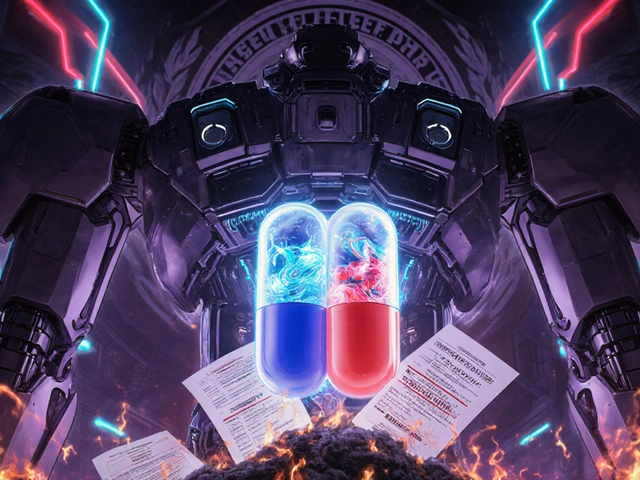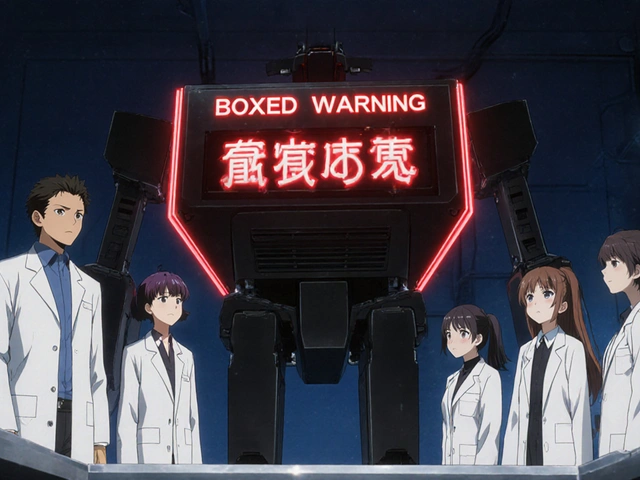Therapy Cost: What You Really Pay for Medications and Treatments
When you hear therapy cost, the total financial burden of getting treated for a health condition, including drugs, monitoring, and related care. Also known as treatment expense, it's not just what’s printed on the prescription label—it’s the hidden price of missed work, side effects that need fixing, and the time spent chasing affordable options. Most people assume the cost of therapy is the price at the pharmacy, but that’s only the start. A $50 pill might lead to a $200 doctor visit because of side effects, or push you toward a cheaper alternative that doesn’t work as well. That’s why understanding therapy cost means looking at the whole picture—not just the tag on the bottle.
Take generic doxycycline, an affordable antibiotic used for infections and sometimes acne or Lyme disease. You can find it cheap online, but if you buy from a fake pharmacy, you risk getting a pill with no active ingredient—or worse, something dangerous like fentanyl. That’s not saving money; that’s trading one cost for a far worse one. Then there’s hydrochlorothiazide, a diuretic used for high blood pressure that many people switch from due to side effects or poor results. Its generic version might cost $5 a month, but if it makes you dizzy or dehydrated, you might end up paying more in ER visits or needing a different drug anyway. Therapy cost isn’t just about what you pay upfront—it’s about what you pay later.
Some therapies look expensive at first glance but save money long-term. For example, penicillin allergy testing, a simple procedure that removes false allergy labels and opens up better, cheaper treatment options, can cut your lifetime drug costs by hundreds of dollars. Over 95% of people told they’re allergic to penicillin aren’t actually allergic. Removing that label means you can use the safest, most effective, and cheapest antibiotic instead of a pricier, less effective one. Same goes for SGLT2 inhibitors, diabetes drugs that reduce blood sugar but can cause genital infections if hygiene isn’t managed. A few simple hygiene steps can prevent a $300 infection treatment—and keep you out of the doctor’s office.
Therapy cost also changes based on where you live, how you buy, and what you know. Buying generic tamoxifen, a breast cancer medication often used for years after treatment online can slash your monthly bill, but only if you know how to spot a real pharmacy. Fake meds don’t just waste money—they put your life at risk. Meanwhile, drugs like azithromycin, a common antibiotic that can trigger dangerous heart rhythms in some people, might be cheap, but if you have heart issues, the cost of ignoring the risk could be your life.
You don’t need to pay more to get better care—you just need to know what to look for. The posts below break down real therapy costs you might not even realize you’re paying: from hidden side effect expenses to the true price of counterfeit pills, from how to find affordable alternatives to when a cheaper drug actually costs more in the long run. This isn’t about guessing. It’s about seeing the full picture—and making smarter choices without the guesswork.




